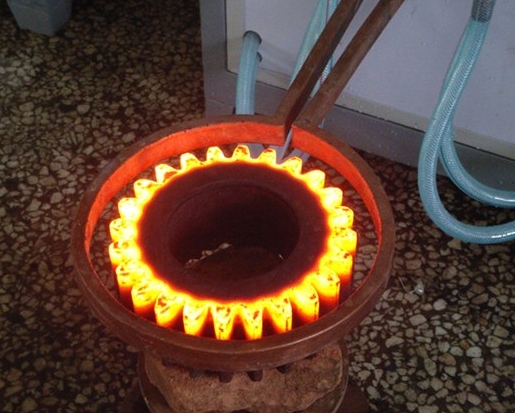- 30
- Aug
Precautions for high frequency induction heating and quenching machine tools
Precautions for high frequency induction heating and quenching machine tools
1. It is strictly forbidden to open the door during operation:
All doors should be closed before work, and electrical interlocking devices should be installed on the doors to ensure that electricity cannot be sent before the doors are closed. After the high voltage is closed, do not move to the back of the machine at will, and it is strictly forbidden to open the door. The workpiece should be free of burrs, iron filings and oil stains, otherwise it is easy to cause arcing with the sensor during heating. The arc light generated by the arc can not only damage the eyesight, but also easily break the sensor and damage the equipment.
2. Operate in strict accordance with the operating procedures:
There must be more than two people to operate the high-frequency equipment, and the person in charge of operation must be designated. Wear insulating shoes, insulating gloves and other prescribed protective equipment. The operator must be familiar with the operating procedures of the high-frequency equipment. Before starting the machine, check whether the cooling system of the equipment is normal. After it is normal, it can be powered on and operate in strict accordance with the operating procedures.
3. It is strictly forbidden to carry out emergency repairs with electricity:
High-frequency equipment should be kept clean, dry and dust-free. If abnormal phenomena are found during work, the high-voltage power should be cut off first, and then checked and eliminated. There must be a special person to overhaul the high-frequency equipment. After opening the door, first discharge the anode, grid, capacitor, etc. with an electric rod, and then start the overhaul. When using quenching machines, the safety regulations concerning electrical, mechanical and hydraulic transmission should be observed. When moving the quenching machine, it should be prevented from tipping.

